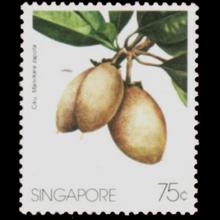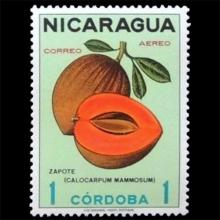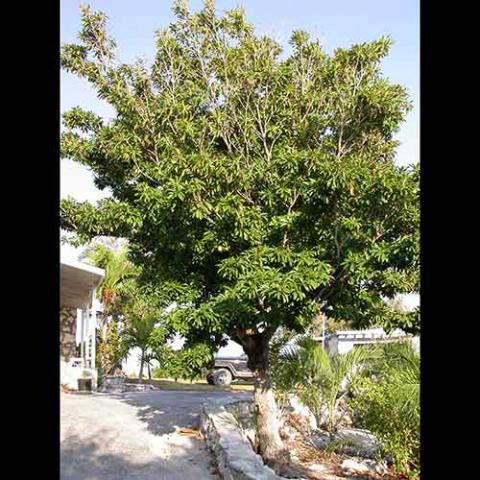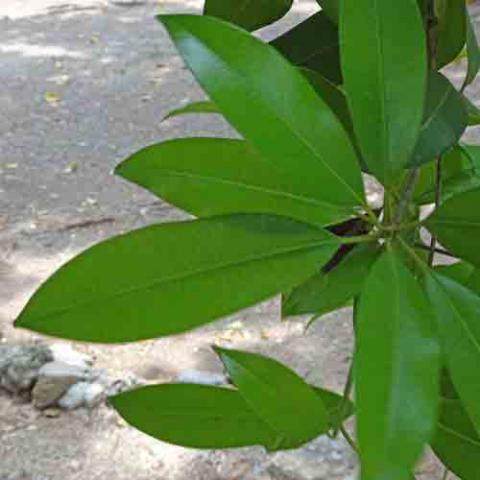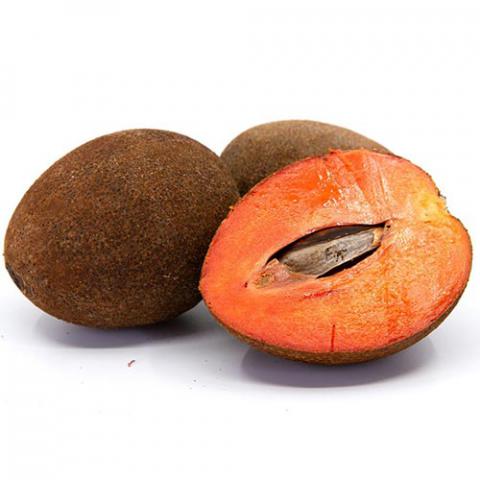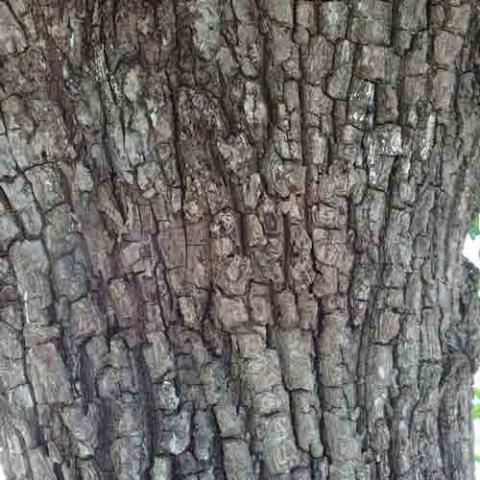NAME(S)
TAXONOMY
PLANTAE ID
THERAPEUTIC
Singapore
Issued:
Stamp:
Manilkara zapota
Nicaragua
Issued:
Stamp:
Manilkara zapota
Singapore
Issued:
Stamp:
Manilkara zapota
Nicaragua
Issued:
Stamp:
Manilkara zapota
Singapore
Issued:
Stamp:
Manilkara zapota
Nicaragua
Issued:
Stamp:
Manilkara zapota
Genus species (Plantae): Manilkara zapota
Manilkara zapota, commonly known as sapodilla ([ˌsapoˈðiʝa]), sapota, chikoo, naseberry, or nispero is a long-lived, evergreen tree native to southern Mexico, Central America and the Caribbean. An example natural occurrence is in coastal Yucatán in the Petenes mangroves ecoregion, where it is a subdominant plant species. It was introduced to the Philippines during Spanish colonization. It is grown in large quantities in India, Pakistan, Thailand, Malaysia, Cambodia, Indonesia, Vietnam, Bangladesh and Mexico.
The name "zapota" from the Spanish zapote [saˈpote] ultimately derives from the Nahuatl word tzapotl.
Description
Sapodilla can grow to more than 30 m (98 ft) tall with an average trunk diameter of 1.5 m (4.9 ft). The average height of cultivated specimens, however, is usually between 9 and 15 m (30 and 49 ft) with a trunk diameter not exceeding 50 cm (20 in). It is wind-resistant and the bark is rich in a white, gummy latex called chicle. The ornamental leaves are medium green and glossy. They are alternate, elliptic to ovate, 7–15 cm (2.8–5.9 in) long, with an entire margin. The white flowers are inconspicuous and bell-like, with a six-lobed corolla. An unripe fruit has a firm outer skin and when picked, releases white chicle from its stem. A fully ripened fruit has saggy skin and does not release chicle when picked.
The fruit is a large berry, 4–8 cm (1.6–3.1 in) in diameter. Inside, its flesh ranges from a pale yellow to an earthy brown color with a grainy texture akin to that of a well-ripened pear. Each fruit contains one to six seeds. The seeds are hard, glossy, and black, resembling beans, with a hook at one end that can catch in the throat if swallowed.
The fruit has an exceptionally sweet, malty flavor. The unripe fruit is hard to the touch and contains high amounts of saponin, which has astringent properties similar to tannin, drying out the mouth.
The trees can survive only in warm, typically tropical environments, dying easily if the temperature drops below freezing. From germination, the sapodilla tree will usually take anywhere from five to eight years to bear fruit. The sapodilla trees yield fruit twice a year, though flowering may continue year round.
Biological Studies
Compounds extracted from the leaves showed anti-diabetic, antioxidant and hypocholesterolemic (cholesterol-lowering) effects in rats.
Acetone extracts of the seeds exhibited in vitro antibacterial effects against strains of Pseudomonas oleovorans and Vibrio cholerae.
Reference: Wikipedia
Photo: www.etsy.com

